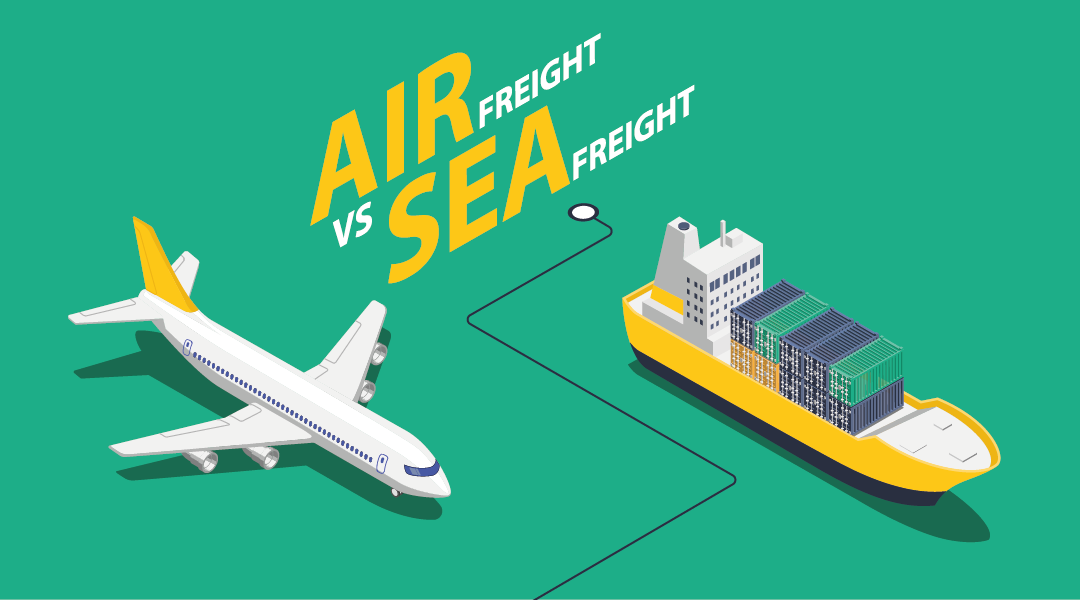Sea Freight vs Air Freight: Which Is Better?
When it comes to shipping goods internationally, there are two main options to consider: sea freight and air freight. Sea freight involves transporting cargo by ship, while air freight is the transportation of goods by plane. Each method has its own advantages and disadvantages, making it important to assess your specific needs before deciding which option is best for your business.
Cost Efficiency
One of the most significant factors to consider when choosing between sea freight and air freight is cost. Sea freight is typically more cost-effective than air freight, especially when shipping large volumes of goods over long distances. This is because the cost of fuel for ships is significantly lower than the cost of jet fuel for airplanes. Additionally, sea freight allows for the shipping of larger and heavier items, making it a more economical choice for bulky cargo.
On the other hand, air freight is often more expensive but offers faster delivery times. This can be advantageous when shipping high-value or time-sensitive goods that need to reach their destination quickly. While air freight may be pricier, the speed and reliability of this method can outweigh the additional cost for certain shipments.
Transit Time
Another key factor to consider when choosing between sea freight and air freight is transit time. Sea freight typically has longer transit times compared to air freight, as ships travel at slower speeds than airplanes. This means that sea freight is a more suitable option for shipments that are not time-sensitive and have a flexible delivery schedule.
Alternatively, air freight offers faster transit times, making it ideal for urgent deliveries or perishable goods that need to reach their destination quickly. Air freight can significantly reduce the overall shipping time, allowing businesses to meet tight deadlines and keep up with customer demand.
Environmental Impact
In today’s environmentally conscious world, the impact of shipping methods on the environment is an important consideration. Sea freight is known to have a lower carbon footprint compared to air freight, as ships emit less CO2 emissions per ton of cargo transported. Choosing sea freight over air freight can help reduce your business’s carbon footprint and promote sustainable shipping practices.
Air freight, on the other hand, has a higher environmental impact due to the significant amount of fuel burned by airplanes. While air freight may be necessary for certain time-sensitive shipments, businesses can offset the environmental impact by opting for sea freight whenever possible.
Conclusion
In conclusion, the decision between sea freight and air freight ultimately depends on your specific shipping needs and priorities. Sea freight is a cost-effective option for large volumes of goods that are not time-sensitive, while air freight offers fast delivery times for urgent shipments. Consider factors such as cost efficiency, transit time, and environmental impact when deciding between sea freight and air freight to determine which option is better suited for your business. By understanding the differences between these two shipping methods, you can make an informed decision that aligns with your business goals and values.


